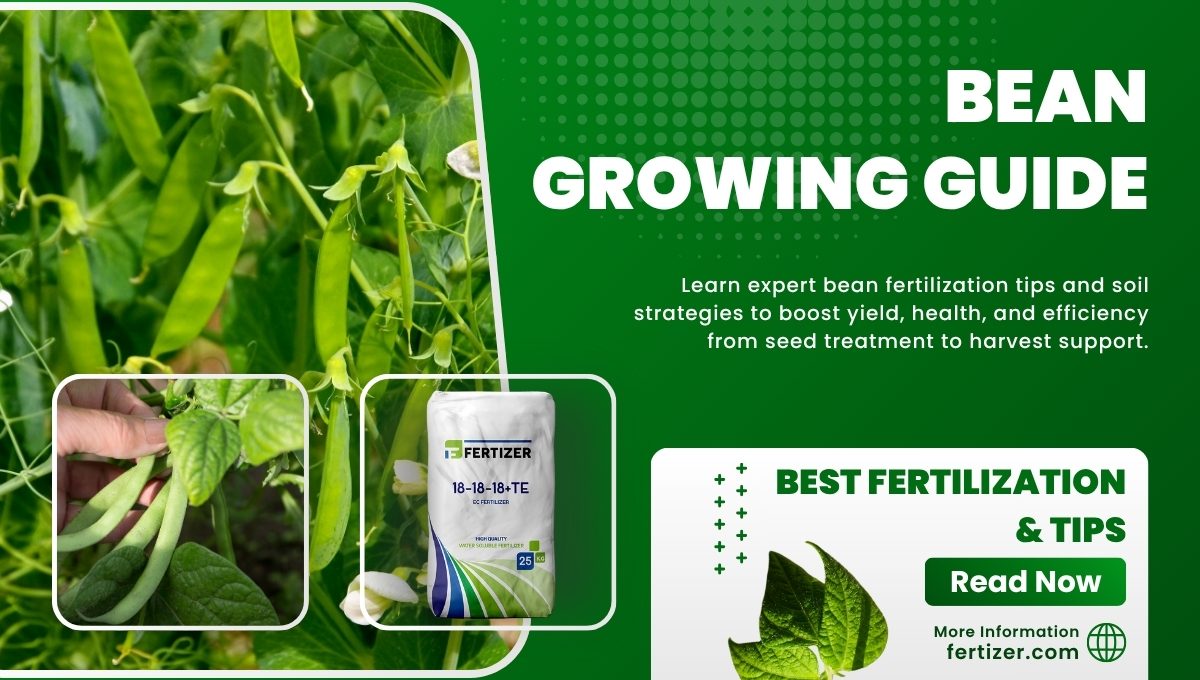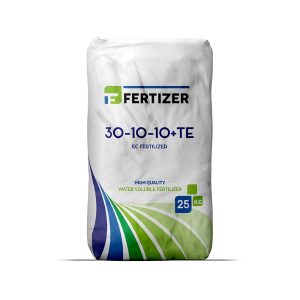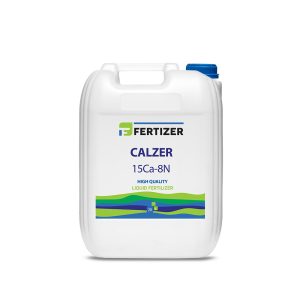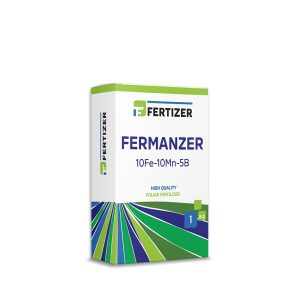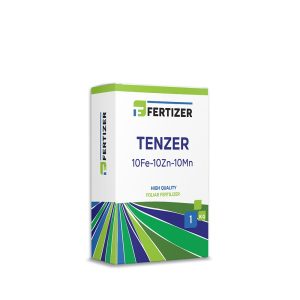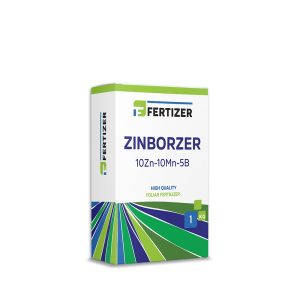Beans are one of the most widely cultivated legumes across the globe. With their rich nutritional profile, they play a crucial role in feeding both people and animals. But for all their benefits, beans can be surprisingly demanding. Their short life cycles and shallow root systems mean they don’t thrive without the right care and especially without smart fertilization. That’s where this bean fertilization guide comes in. It’s designed to help you understand your plant’s real needs and give you practical ways to maximize yield at every stage. In this hands-on guide, we’ll explore what makes bean farming work, how to feed your crops effectively, and how to get the most out of your beans with the help of FERTIZER products.
Why Bean Cultivation Is Crucial for Sustainable Agriculture
Common bean (Phaseolus vulgaris L.) isn’t just another crop it’s a staple in sustainable agriculture. Here’s why:
- It teams up with Rhizobium bacteria to pull nitrogen straight from the air into the soil.
- It helps improve soil fertility over time.
- It’s packed with protein great for diets of all kinds.
- It can cut back the need for nitrogen fertilizers in crop rotation plans.
Still, even with these perks, beans can be a bit needy. A thoughtful nutrient plan is essential.
Essential Nutrients for Bean Growth and Fertilization
Beans grow fast. That means they need to absorb nutrients quickly and efficiently. But here’s the catch:
- Their roots don’t go deep, so their reach is limited.
- They especially love nitrogen (N), potassium (K), and calcium (Ca).
Let’s break it down:
Macronutrients & Micronutrients in Bean Fertilization
| Nutrient | What It Does | How Much They Need |
|---|---|---|
| Nitrogen (N) | Helps with leaf growth & chlorophyll | They crave it |
| Potassium (K) | Water balance, flowers, disease resistance | High |
| Calcium (Ca) | Strong roots & cell walls | Also high |
| Phosphorus (P) | Root development & energy transfer | Moderate |
| Sulfur (S) | Amino acid synthesis | Moderate |
| Magnesium (Mg) | Part of chlorophyll | Moderate |
| Micronutrient | Role in Plant |
|---|---|
| Boron (B) | Cell wall structure, pollination, fruit set |
| Zinc (Zn) | Enzyme activity, protein building |
| Manganese (Mn) | Photosynthesis, hormone control |
| Molybdenum (Mo) | Helps with nitrogen fixation |
| Cobalt (Co) | Supports Rhizobium and nodule growth |
Ideal Soil Conditions for Healthy Bean Cultivation
To help beans thrive, your soil needs to be:
- Loamy and well-drained.
- Between 6.5 to 7.5 pH.
- Rich in organic matter (helps with nitrogen release).
- Moist but not soggy. Beans don’t like drought at all.
Also, if the soil’s buzzing with good microbes, your beans will be less likely to get sick and will grow a whole lot better.
Bean Fertilization Schedule: Stage-by-Stage Nutrient Guide
Fertilization can make or break your yield. Let’s go through what works best at each growth stage:
1. At Planting – Prep Those Seeds
- Seed Treatment
- Use molybdenum and cobalt if needed.
- Product Tip: FERMANZER (10% Fe, 10% Mn, 5% B) gives early micronutrient support.
- Band Fertilization (in-furrow)
- Apply nitrogen, phosphorus, potassium.
- Try: 18-18-18+TE for a balanced start.
2. Vegetative Growth – Leaves & Roots
- Nitrogen and calcium help push out healthy leaves.
- Foliar and soil micronutrient sprays boost photosynthesis and make plants more resilient.
- Suggested:
3. Flowering & Pod Development – Make or Break Time
- Beans demand lots of nitrogen and potassium here.
- Use: 30-10-10+TE to cover their energy boost.
4. Before Harvest – Finishing Strong
- Keep spraying micronutrients. It helps with health and pod quality.
- Best Fit: TENZER, for support after flowering.
Nitrogen Fixation in Beans: Why Additional Fertilization Matters
Well, beans do form relationships with nitrogen-fixing bacteria. But here’s the truth:
- It’s helpful but not sufficient on its own.
- Soil nitrogen is still necessary.
- Molybdenum and cobalt improve the fixation process.
Long story short: Don’t skip the nitrogen fertilizers.
Natural Ways to Boost Your Bean Yields
- Rotate crops alternate with cereals.
- Inoculate with Rhizobium when needed.
- Use compost and organic material regularly.
- Encourage good microbes they fight off the bad guys.
Common Nutrient Deficiencies in Bean Crops and How to Fix Them
| Symptom | What’s Missing | Solution |
|---|---|---|
| Pale leaves | Nitrogen | 20-10-20+TE |
| Weak stems | Calcium | CALZER |
| Low fruit set | Boron, Zinc | ZINBORZER |
| Yellowing between veins | Magnesium | FERTIZER Magnesium Sulphate |
| Poor nodules | Molybdenum, Cobalt | FERMANZER (seed treatment) |
Why Water Management Matters (a Lot)
Beans are extremely sensitive to water stress. Without proper irrigation:
- Germination and flowering suffer.
- Nutrient uptake drops.
- Disease resistance weakens.
Use drip or sprinkler systems if you can. Your beans will thank you.
FERTIZER Product Summary – Quick Reference
| Growth Stage | Recommended Products |
|---|---|
| Planting | FERMANZER, 20-20-20+TE |
| Vegetative | CALZER, ZINBORZER |
| Flowering | 30-10-10+TE |
| Pre-Harvest | TENZER |
Let’s Take Your Bean Crop to the Next Level
If you understand what your beans really need, you’ll be on your way to growing healthier, more productive plants. With the right fertilizer schedule, thoughtful seed prep, and a little micronutrient magic, you’ll see the difference.
Check out our full product line on the website or catalog and give your beans the care they deserve.

